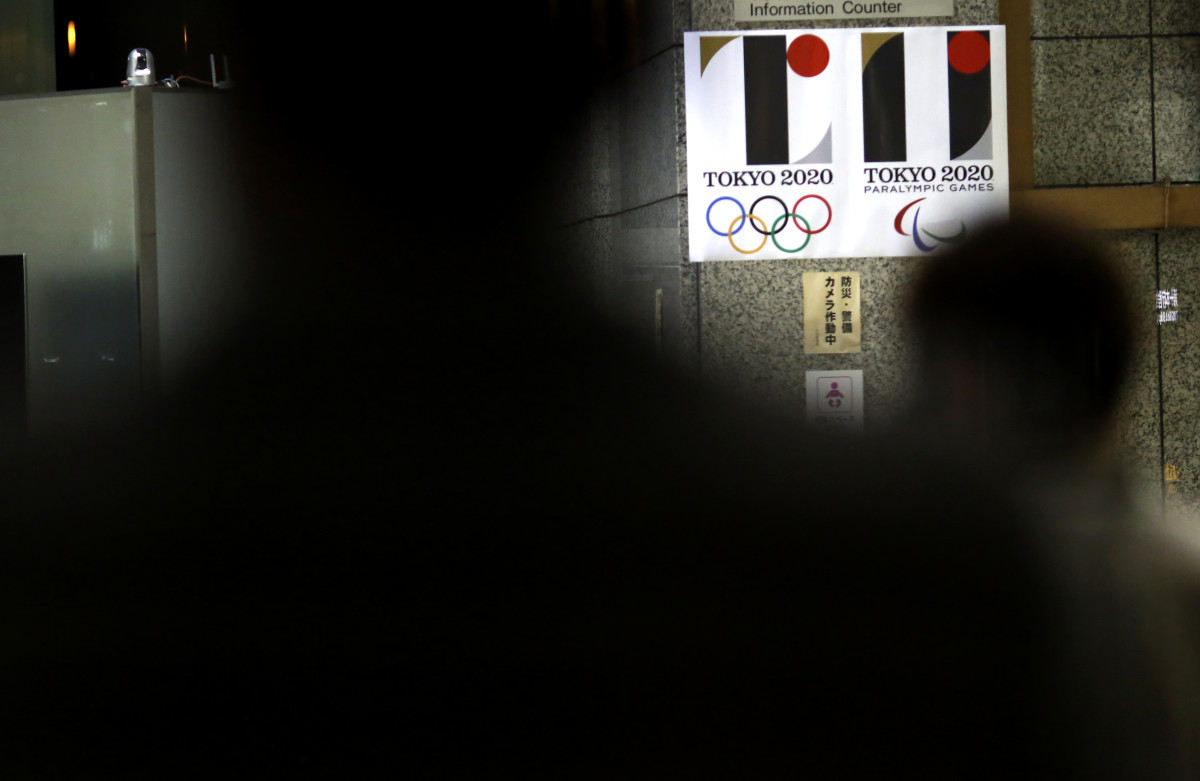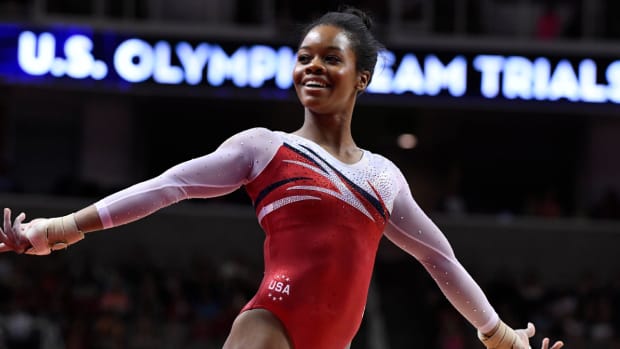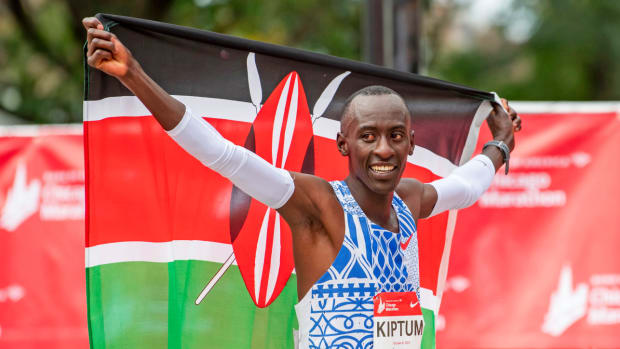
Was Tokyo Olympic logo designer a serial plagiarizer?
TOKYO (AP) The cry of plagiarism over the now-dropped logo for the Tokyo 2020 Olympics was only the beginning.
In the five and a half weeks since its July 24 unveiling, a mounting series of allegations suggested the high-profile Japanese designer behind the logo might be a serial copier. Tokyo's Olympic organizers, who had defended the logo as recently as last Friday, finally threw in the towel and abandoned it on Tuesday.
Here is a look at the allegations that surfaced about designer Kenjiro Sano's work:
THE (DEFUNCT) OLYMPIC LOGO
Days after its release, Belgian designer Olivier Debie claimed a close resemblance to his own work for his Theater de Liege. Both used a thick vertical bar with two triangles in the same corners, though Sano's Olympic logo also had a red circle. The designer has sued the International Olympic Committee over the issue.
THE SUNTORY TOTE BAGS
A few weeks later, Sano acknowledged that eight of 30 designs his studio did for promotional tote bags for major Japanese brewery Suntory were copies of other works. Among the bags pulled down were a vertical image of the top half of a lightly-toasted baguette and an arrow-shaped wooden sign board saying ''Beach.''
SIX BUDS IN A CIRCLE
A zoo in Nagoya in central Japan has sought an investigation into its Sano-designed logo after being told it resembled that of Costa Rica's national museum. Sano's office denied the allegation. The similarity stems from the zoo's circle of six green dots, representing buds, on the end of spokes.
DOTS AND LINES
Sano also faces an allegation that his design for a planned public library and museum in Ota City, northwest of Tokyo, resembles a logo by American designer Josh Divine. Both use big black circles and thin black lines on a white background, though the orientation is different.
THE (EARLIER) OLYMPIC LOGO
Last week, Olympic organizers presented an earlier version of Sano's Tokyo 2020 design to try to defend him. But now questions are being raised about whether that design, with one triangle in a different corner so the logo looks more like the letter T, was taken from a 2013 poster for an exhibit by renowned German typographer Jan Tschichold.
---
Associated Press writer Ken Moritsugu contributed to this story.




